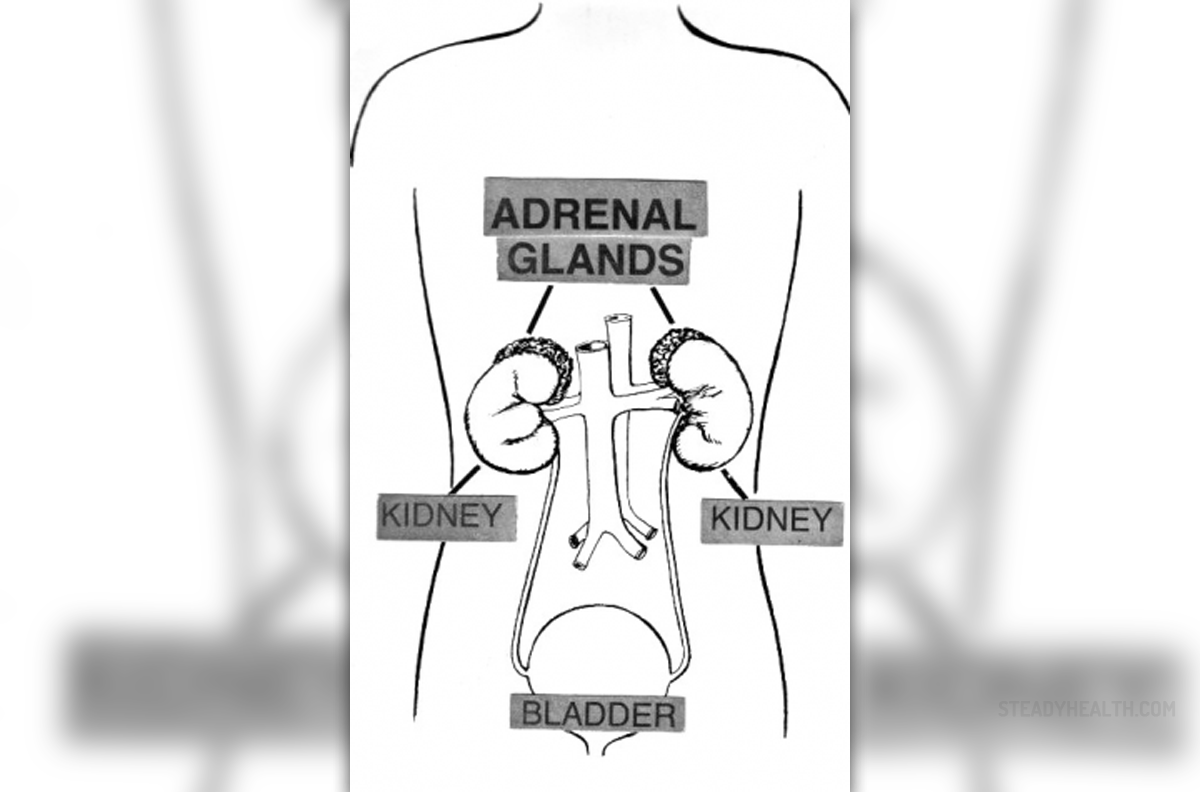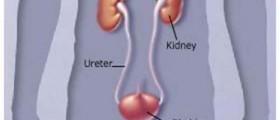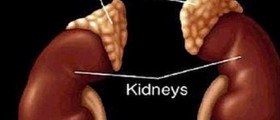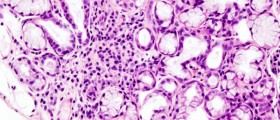
Adrenal glands are triangle shaped glands, located on the top of thekidneys. Anatomically, adrenal gland has two parts: one is cortex and the othermedulla. Adrenal cortex is the outer part of the gland, responsible for thesecretion of steroid hormones. There are some 30 different parts of steroidhormones, and probably the most important of them are cortisol and aldosterone.Both of these hormones are very important for the human body. Cortisol affectsalmost every single organ and tissue in the body, while aldosterone controlsthe amount of water and electrolytes (salts) in the body, thus regulating theblood pressure. Adrenal medulla is the inner part of the adrenal gland,producing epinephrine and norepinephrine hormones.
In general, we can say that adrenal glands are vitally important for humans.Stressful events are the main stimulant for adrenal glands and production ofadrenal hormones.
Adrenal Medical Problems
Anything that interferes with the production of adrenal hormones can causeadrenal disorder. Adrenal insufficiency is caused by the inadequate productionof steroid hormones in the adrenal glands. Malfunctioning of the adrenal gland,on the other hand, can lead to adrenal dysfunction (malfunction). The personsuffering from adrenal malfunctioning can experience many difficulties, sincehis/her body lost the ability to handle the stress. Adrenal malfunctioning mayalso cause the secretion of abnormal epinephrine, which excess can be thereason of hormonal imbalance, and lead to adrenal medulla exhaustion.
This gland may also produce too much or too little cortisol, which is also amedical problem that could weaken the immune system and cause low energy,disturbances in the appetite and blood sugar.
Other problems associated with the adrenal gland may be: Addison’s disease,Cushing’s syndrome, pheochromocytoma, hyperaldosteronism, pituitary adenoma,adrenal tumor and adrenal cancer.
What are the Symptoms of Adrenal Dysfunction?
Adrenal problems can cause many symptoms in the body, especially skindisorders, tiredness, depression, mood changes, insomnia, immune disorders,hormonal imbalance and muscle spasms. If the condition remains untreated forsome time, the patient might experience some further health problems, such asfibromyalgia, weight gain, and arthritis and hair loss. Various chronic medicalproblems have also been associated with the untreated adrenal dysfunction.
How is Adrenal Dysfunction Treated?
The first step is the exact diagnosis, established after the Ragland’s test.The doctor will measure your blood pressure while standing and lying. Thedifference in systolic pressures between these two body positions will indicatethe severity of adrenal malfunction. Additional tests are urine, blood andplasma hormone tests, and also some imaging studies.
The treatment of the adrenal problem will depend on the cause and symptomspatient has been experiencing. Patient is expected to start with diet changesand to decrease the level of stress in his/hers life. There are also some oraland intravenous medications available, and for the serious cases doctors mightrecommend surgery or radiotherapy.










-In-Adults_f_280x120.jpg)






Your thoughts on this
Loading...